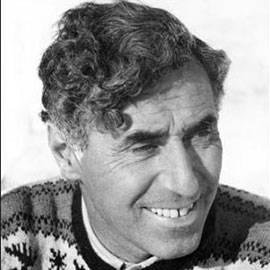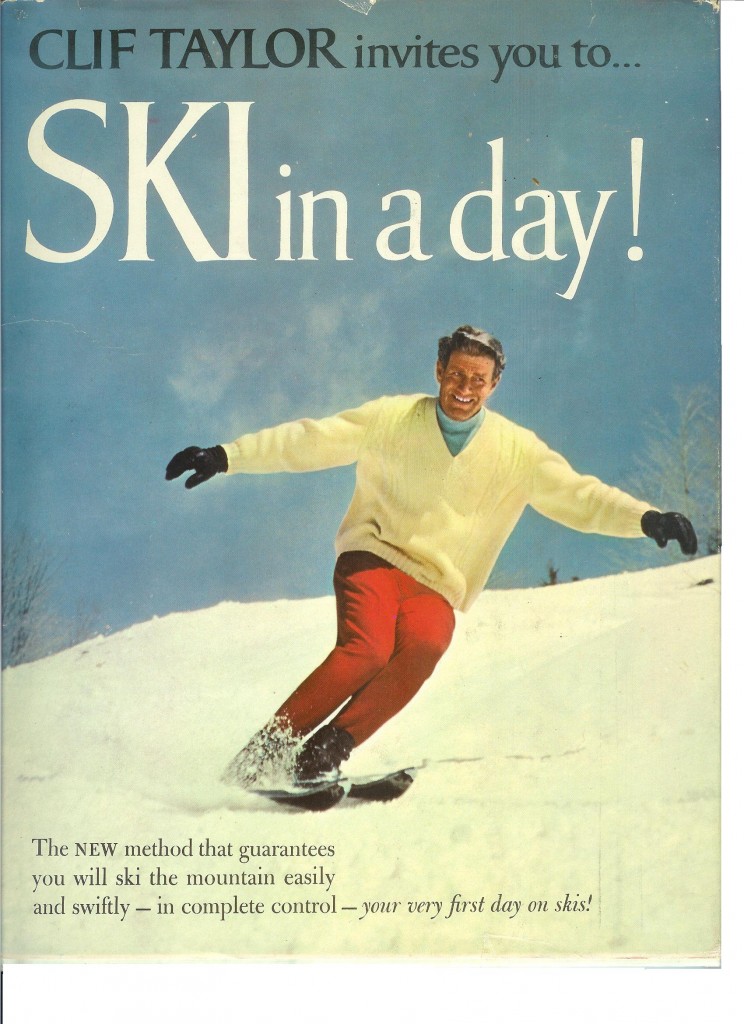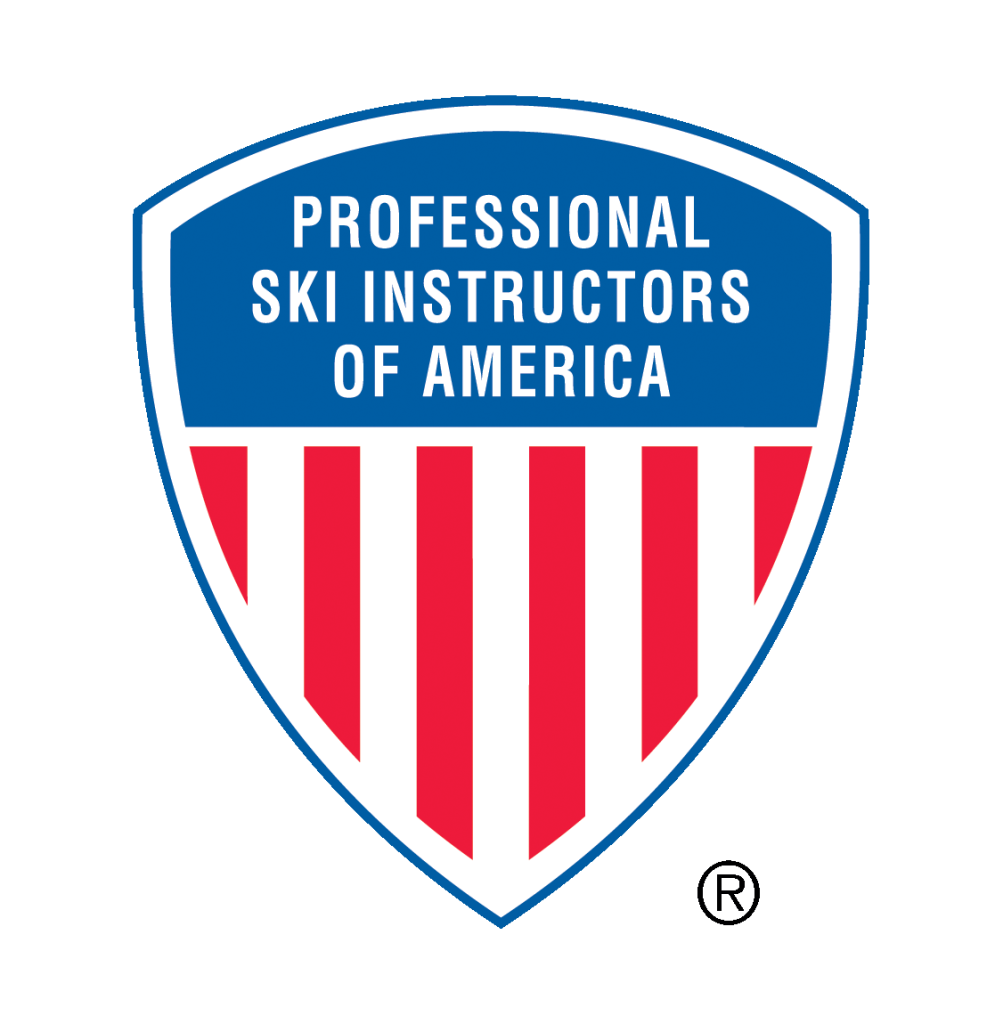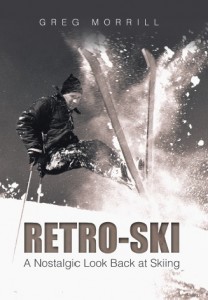How did you learn to ski? For many of us skiing is a life sport. That is, one that can be enjoyed throughout your life. This column celebrates those who continue skiing into their 70s, 80s, and 90s! However to make skiing enjoyable rather than frustrating, you have to master some basic challenges. Over the next few columns I plan to cover some of those challenges and how it’s different today than in the Retro-Ski days.
The first challenge as I see it is to become a parallel skier. Growing up in the North Conway, New Hampshire area, I was a product of the Arlberg method. Hannes Schneider developed the Arlberg method as a stepwise approach to teach parallel skiing. Disciples of his approach including Sepp Ruschp would spread the Arlberg around the skiing world. International banker Harvey Dow Gibson negotiated Hannes Schneider’s release from Hitler’s Germany and brought him to Gibson’s hometown of North Conway to head the ski school at Cranmore.
The steps in the Arlberg method were Snowplow, Snowplow Turn, Stem Turn, Stem Christie, and Christie. I never made it to the last two steps since I had a propensity of breaking skis and having to drop out of the Wednesday afternoon school program! (I’ve clarified before that I broke my skis in the woods behind my house, not on the Cranmore slopes.) I was in college before I made the breakthrough to parallel Christie turns. And I achieved that by following more accomplished skiers (and scheduling my classes so I could ski on Tuesdays and Thursdays!)
There were other approaches that tried to accelerate the progress to parallel. Clif Taylor was a 10th Mountain Division veteran who became a ski instructor at Mad River Glen after the war. Taylor and some of the other instructors played around with some “goon skis” which were significantly shorter than conventional skis. He also observed that some of his students who had difficulty learning on long skis succeeded on the goon skis.
In 1955 Taylor moved to Brattleboro, Vermont, where he became an instructor at Hogback Mountain. He began to experiment using shorter skis to teach students before moving them up to more standard length skis. Initially he was using regular skis whose tails had been chopped off to make them shorter, but the success of his approach led him to start Shortee Ski Company. Shortee skis were made in three foot, four foot, and five foot lengths. Students began on the three footers and would move up in lengths as they progressed.
One of the ski areas interested in Taylor’s method was Killington. Pres Smith, owner of Killington, felt that to attract new skiers to the sport, the learning process had to be accelerated. Karl Pfeifer was the head of the Killington Ski School so as an experiment Pfeifer ran two full-size, week-long ski classes using the new teaching method. This was the subject of a 1966 SKI magazine article by Morten Lund that first used the term “Graduated Length Method” (GLM) to describe the new approach. The Graduated Length Method succeeded in the experiment. Pfeifer adopted a 5-day version of GLM at Killington that started students on three foot skis, then progressing to four and five foot skis.
Mike Weisel and R. Rafael both knew that GLM stood for Graduated Length Method. So did Mark Anderson who was 12 when he saw it mentioned in Bob Beattie’s “Learn to Ski” book. He said it was too late for him since he already had a pair of 170 Fischer Quick Supers with Cubco bindings! By the way, Mark also mentioned a frigid weather memory from a ski trip to Gore in the early 1970s when it was 20 below zero!
Lyndall Heyer also had the answer and says, “My mom was way ahead of her time in the 60’s. She would cut down her own skis for short skis. Jim Shepherd at Jim Shepherd ski shop would do it for her.”
Today most U.S. ski schools use the American Teaching System which is a skill based approach. So what does that mean? The identified skills are Balance, Edging, Rotary, and Pressure. OK, so that may not clarify things either. However the approach allows lessons to be personalized for an individual’s strengths and needs. And the student can advance to parallel at their own pace rather than through a prescribed series of steps.
New ski equipment aids this approach. Skis are shorter now and their shape and width makes them easier to turn. One skill that the new equipment definitely improves is Edging. Even beginners can carve rails in the snow. Carving used to be the mark of an expert, but now it’s achievable by folks who don’t even know they’re doing it!




Leave a Reply